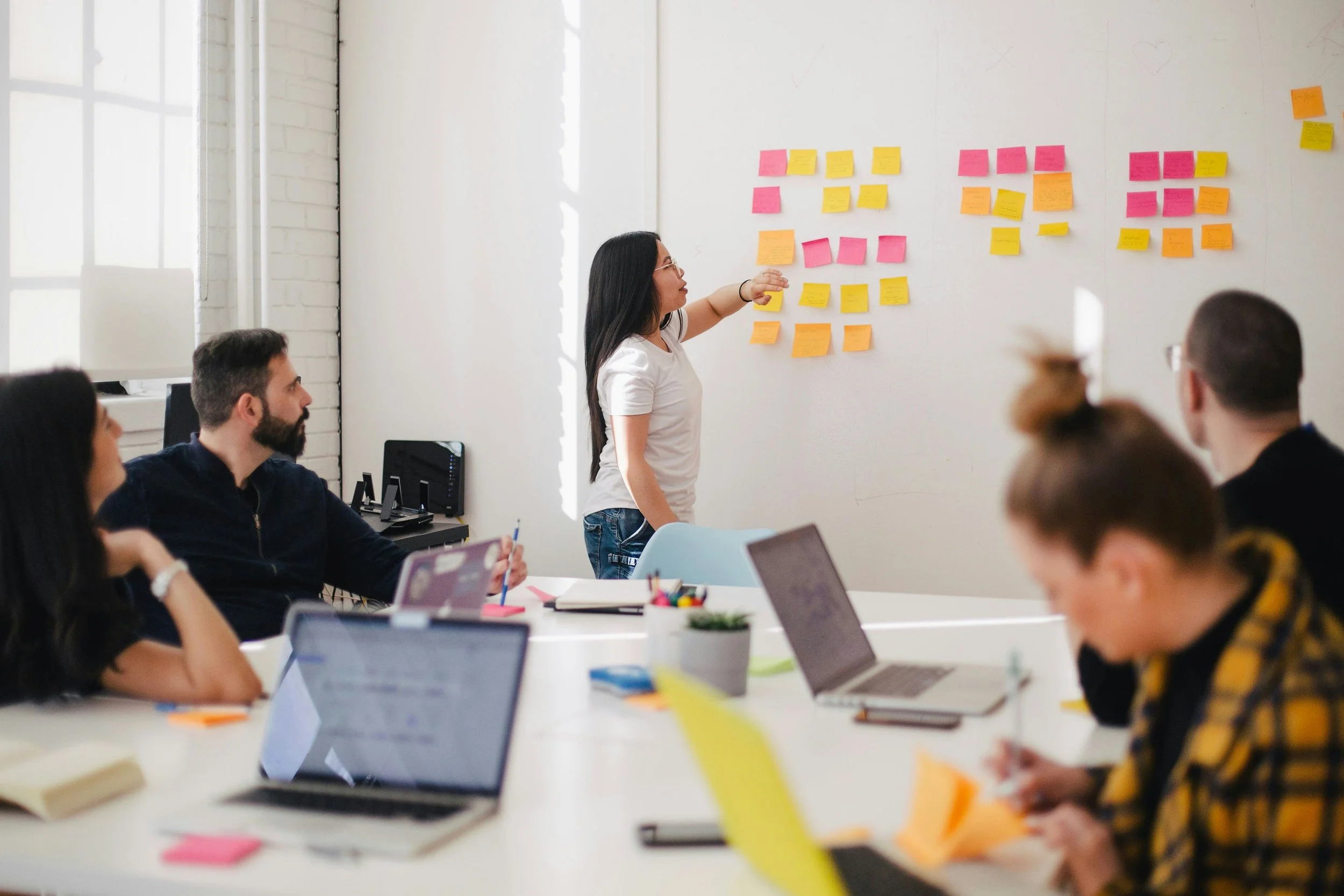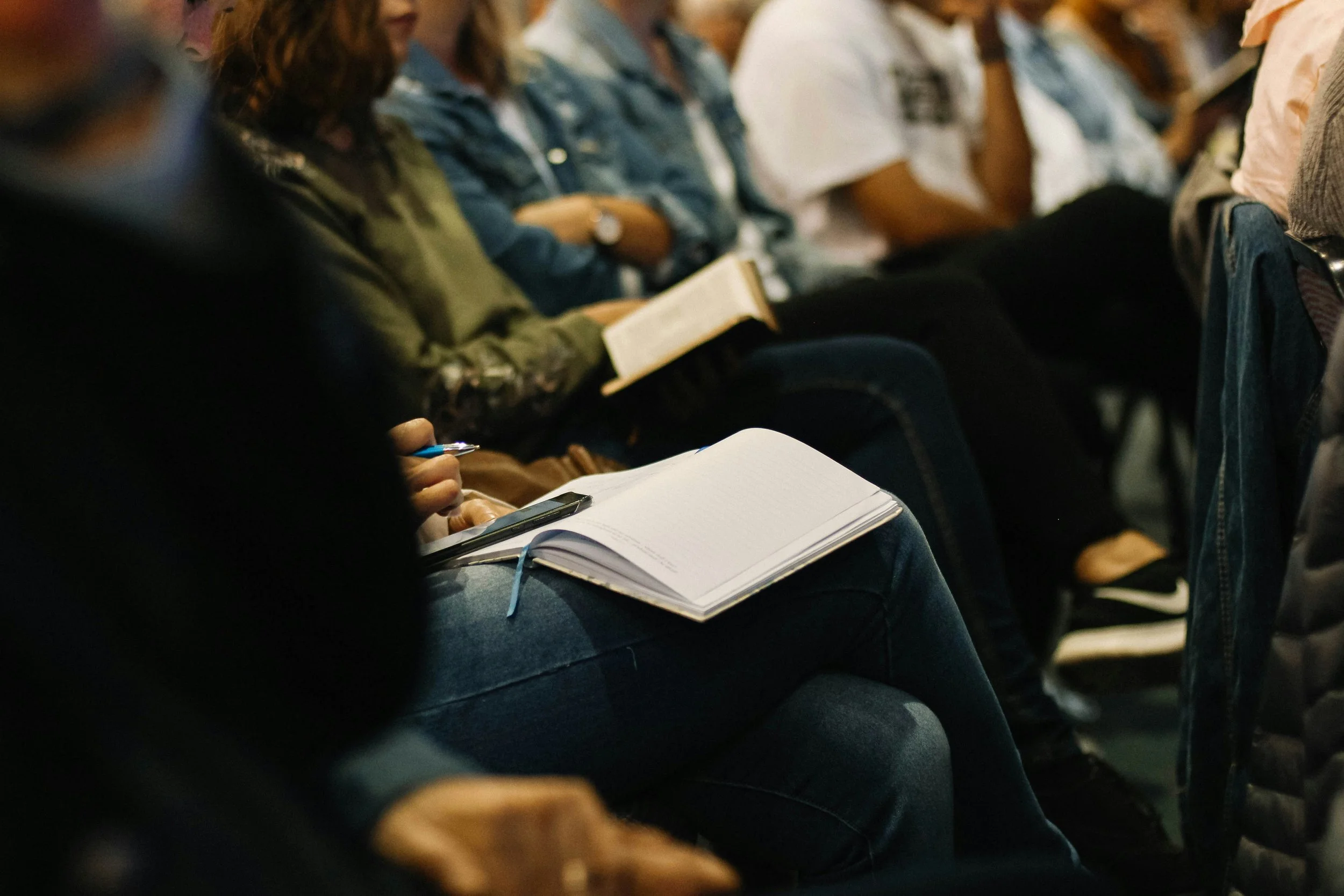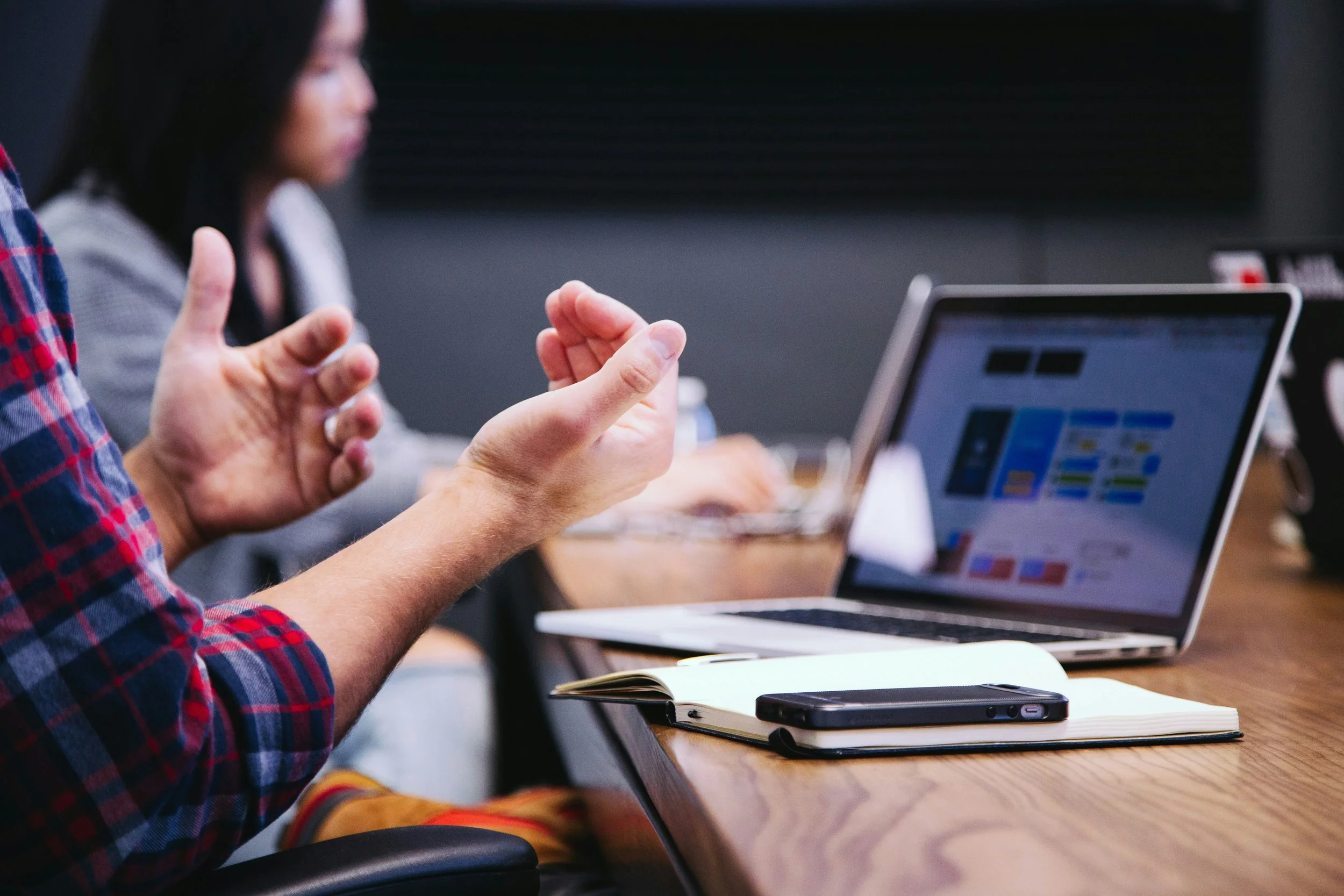This post is part of my Research Methods series, which explores essential approaches for historical inquiry and archival work. The series encompasses a broad range of topics, including library research practices, citations, and research strategies, as well as archives, primary sources, visual resources, oral history, and digital humanities. Together, these posts provide a foundation for navigating sources, interpreting evidence, and engaging critically with the past.
When we think of history, we often imagine official records, government documents, or published books. However, much of the human experience never makes it into formal archives. Memories, personal stories, and lived experiences are essential parts of history, but they often remain undocumented unless someone takes the time to record them. That is the role of oral history.
Oral history is both one of the oldest and most modern methods of historical inquiry. Before writing, stories were passed orally from generation to generation. Today, digital technology makes it easier than ever to record, preserve, and share voices that might otherwise be lost.
Why Oral History Matters
Oral history integrates personal experiences into the historical record. It reveals how individuals’ actions shaped the past and how the past continues to influence their present lives. Unlike official documents, which often reflect the perspectives of institutions or elites, oral histories capture the voices of individuals who might otherwise be silenced, including workers, women, immigrants, activists, and everyday people.
Oral history also fills gaps. Not every perspective is documented in archives, and even when it is, official records may reflect bias. Oral accounts help correct imbalances, providing a more complete and nuanced view of events.
Preparing for an Interview
Conducting oral history is more than turning on a recorder. It begins long before the first question is asked. Preparation involves three areas:
Preparing the interviewee: Explain the project, outline the purpose of the interview, and share sample questions. Ensure they understand that the session will be recorded and reviewed for quality assurance purposes. Provide an interview agreement that clarifies expectations.
Preparing yourself: Develop thoughtful and informed questions. If the project involves a specific community, collaborate with them to ensure sensitivity and trust. Choose appropriate equipment and practice using it.
Preparing the environment: Select a private, comfortable location free from distractions and noise.
Checking equipment multiple times, well before and just before the interview, prevents heartbreak later. A lost or corrupted recording represents an irreplaceable loss of history.
Conducting the Interview
When the day arrives, the interviewer has several responsibilities:
Setting up and testing equipment before beginning.
Establishing rapport to make the interviewee feel comfortable.
Explaining procedures and reviewing the interview agreement.
Introduce the session clearly by stating the names of the interviewer and interviewee, location, date, and time.
During the conversation, the interviewer must strike a balance between guidance and openness. Questions should be open-ended, brief, and ideally asked in chronological order. Flexibility is key; sometimes the richest answers come from unexpected directions. Silence should not be feared. Allowing pauses often gives interviewees space to recall details.
Props like photographs, newspaper clippings, or artifacts can spark memories and elicit richer responses. Clarifying questions help ensure accuracy, and asking for spellings of names prevents confusion later.
Above all, the interviewer should remain neutral, listening carefully without inserting personal judgments.
Navigating Power and Sensitivity
Oral history builds trust. Interviewers must practice cultural humility, recognizing that trauma, privilege, or power imbalances may shape the interaction.
Sometimes, difficult emotions surface. Being tactful, pausing the recording if necessary, and allowing interviewees time to regroup, shows respect. Interviews should end at a natural stopping point, with gratitude expressed for the participant’s time and contributions.
After the Interview
The work does not end when the recorder is switched off. Post-interview tasks include:
Backing up files immediately.
Writing down impressions and notes.
Sending a thank-you note.
Providing a copy of the recording or transcript to the interviewee, if desired.
Transcription is another critical step. It transforms spoken words into written form, though choices about grammar, dialect, and formatting raise questions of interpretation. Transcripts should be proofread carefully and may be shared with interviewees for verification.
Legal and Ethical Considerations
Oral history raises legal questions that cannot be ignored. Issues of copyright, privacy, and defamation require careful planning. Written interview agreements help protect both the interviewee and the interviewer by clarifying the terms of use.
The Belfast Project at Boston College starkly illustrated the dangers of neglecting legal safeguards. Beginning in 2001, researchers recorded oral histories of participants in Northern Ireland’s Troubles, promising confidentiality until the participants’ deaths. A decade later, the U.S. Justice Department subpoenaed the recordings at the request of Northern Irish authorities. The case highlighted the risks associated with oral history projects that fail to anticipate and address legal challenges adequately.
Unlike journalism, which may use sources on or off the record, oral history emphasizes collaboration and transparency. Protecting interviewees requires careful agreements about how and when recordings will be shared.
Resources and Best Practices
Numerous resources support oral historians:
Baylor University Institute for Oral History Style Guide provides editing standards for transcripts.
Oral History in the Digital Age offers best practices for collecting and preserving interviews.
Oral History Association shares guidelines for remote and virtual interviewing
These resources remind practitioners that oral history is both an art and a science, requiring technical skill, ethical care, and legal foresight.
Oral History in the Digital Age
Technology has revolutionized oral history. Affordable recording devices, video conferencing platforms, and cloud storage make it easier than ever to capture voices. At the same time, digital tools raise new concerns, including ensuring long-term preservation, maintaining authenticity, and respecting privacy in the online world.
Remote interviewing, for example, became especially important during the COVID-19 pandemic. While convenient, it introduces challenges, such as distractions, technological failures, or a diminished sense of intimacy. Oral historians must adapt methods while staying true to the core goal: capturing authentic voices with integrity.
The Power of Oral Testimony
What sets oral history apart is its humanity. An interview does not just provide facts; it conveys tone, emotion, and memory. The hesitation in a voice, the laughter at a remembered moment, or the pain in recalling trauma all enrich the historical record in ways that text alone cannot.
Oral history also democratizes history. It gives voice to those often excluded from official narratives. By recording and preserving these testimonies, oral historians ensure that future generations hear directly from people whose lives shaped events, communities, and movements.
Oral history is both fragile and powerful. Fragile, because it relies on trust, technology, and careful stewardship. Powerful, because it captures lived experience in ways no other source can.
By preparing thoughtfully, conducting interviews respectfully, and addressing ethical and legal concerns, oral historians preserve voices that might otherwise be lost. Each interview adds another thread to the fabric of history: threads that reflect not just what happened, but how people experienced it.
Oral history reminds us that history is not merely about dates and documents. It is about people, their stories, and the ways they carry the past into the present. By listening carefully and preserving responsibly, we ensure that these voices continue to speak across time.









